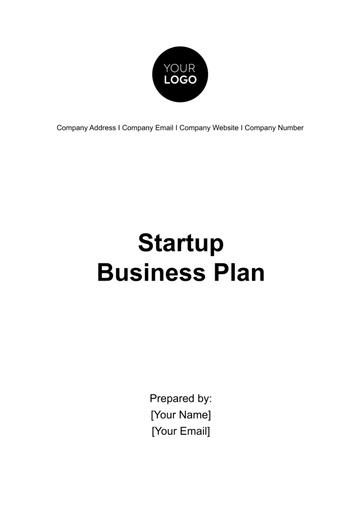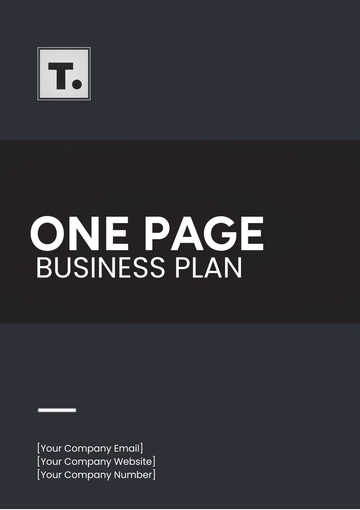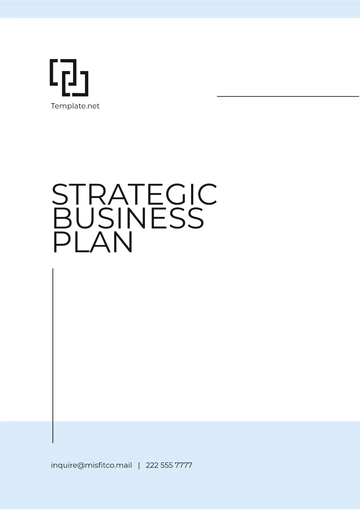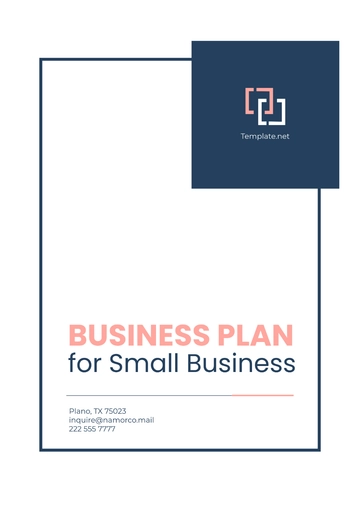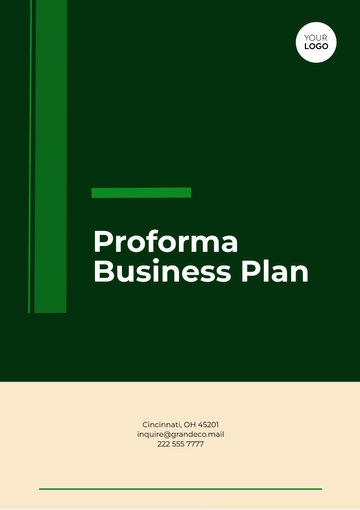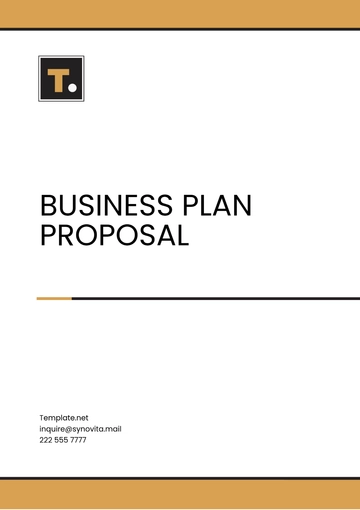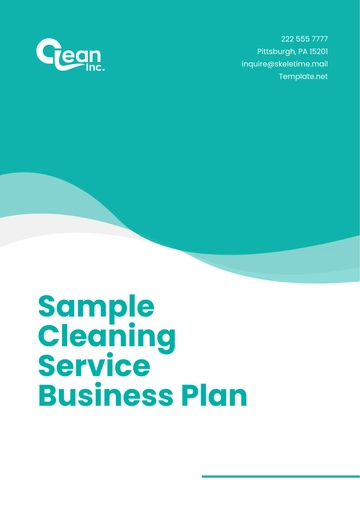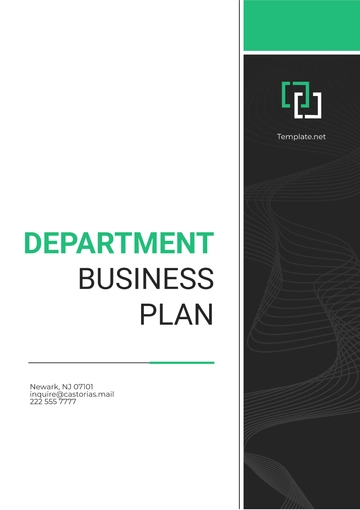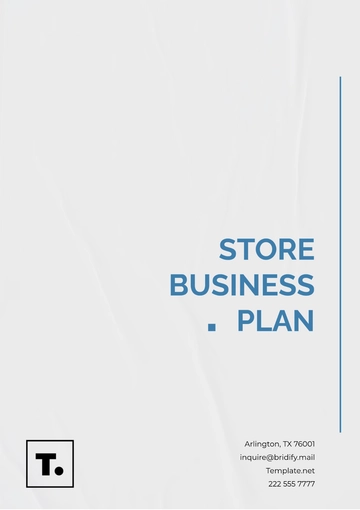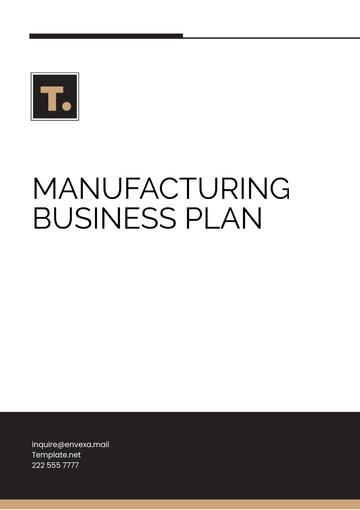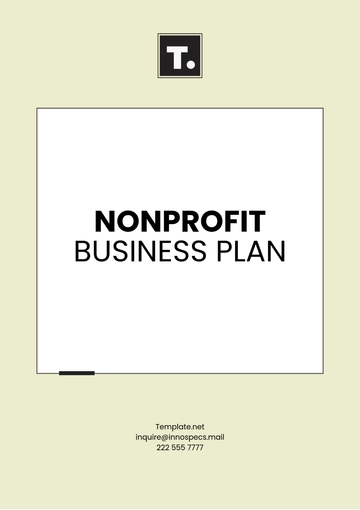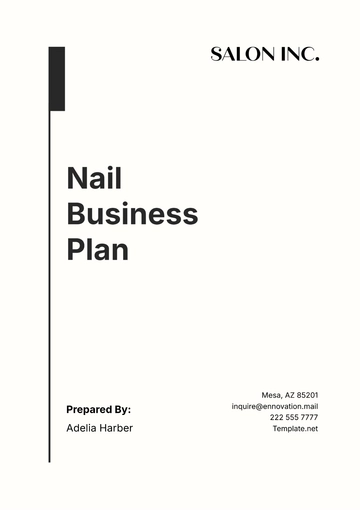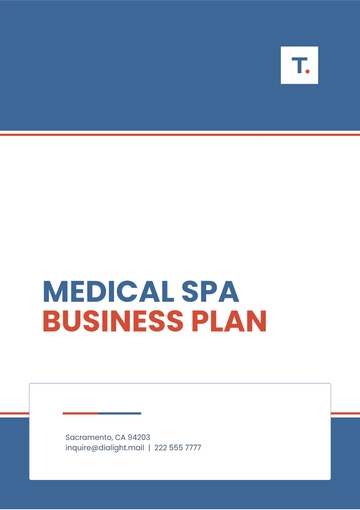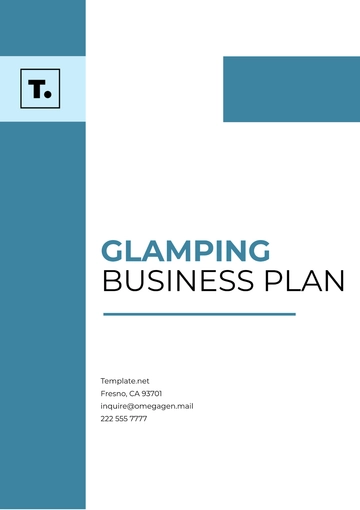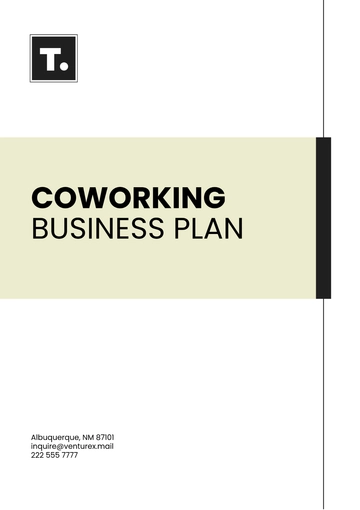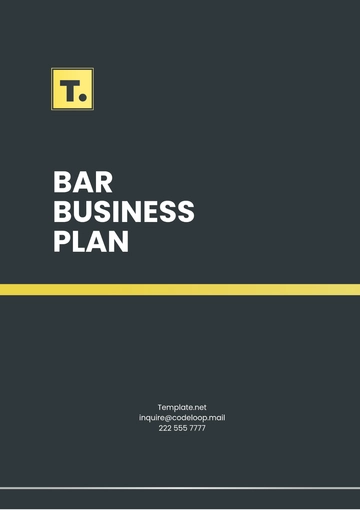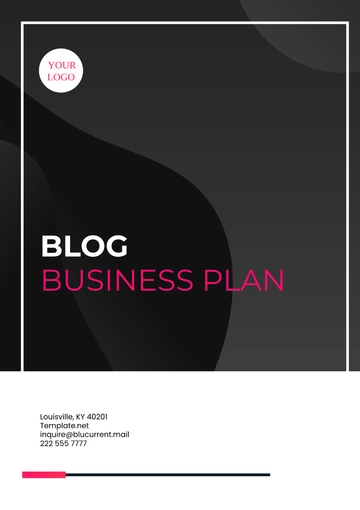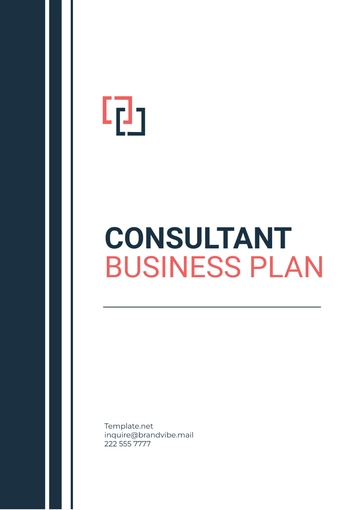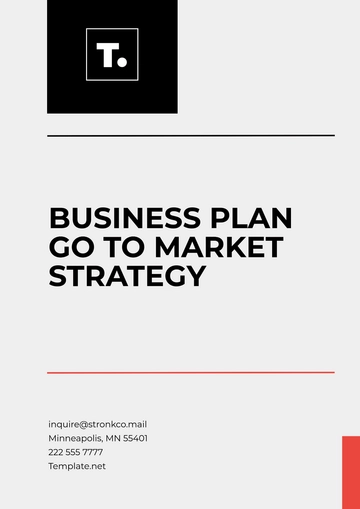Free Business Outline Job Transition Plan
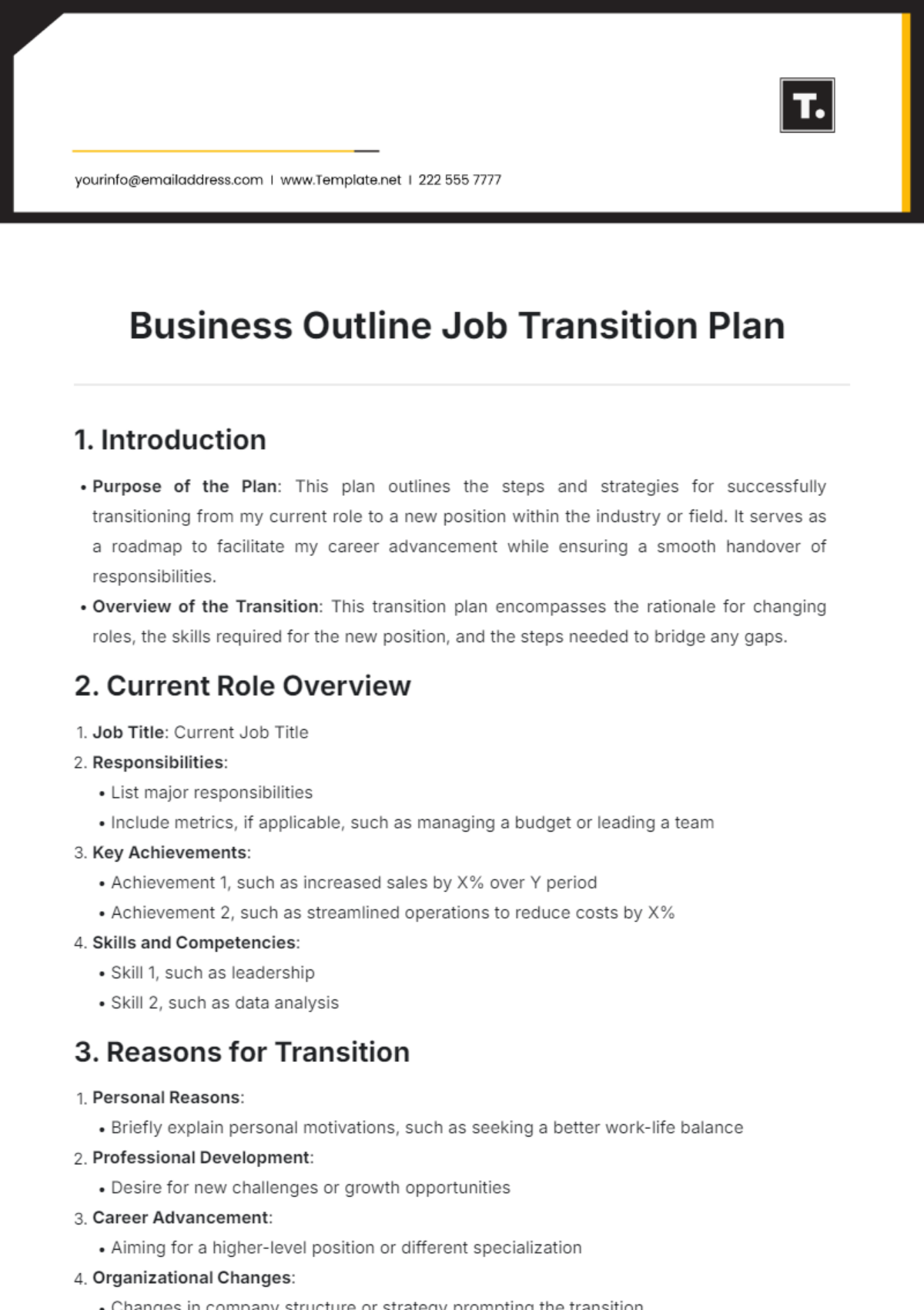
1. Introduction
Purpose of the Plan: This plan outlines the steps and strategies for successfully transitioning from my current role to a new position within the industry or field. It serves as a roadmap to facilitate my career advancement while ensuring a smooth handover of responsibilities.
Overview of the Transition: This transition plan encompasses the rationale for changing roles, the skills required for the new position, and the steps needed to bridge any gaps.
2. Current Role Overview
Job Title: Current Job Title
Responsibilities:
List major responsibilities
Include metrics, if applicable, such as managing a budget or leading a team
Key Achievements:
Achievement 1, such as increased sales by X% over Y period
Achievement 2, such as streamlined operations to reduce costs by X%
Skills and Competencies:
Skill 1, such as leadership
Skill 2, such as data analysis
3. Reasons for Transition
Personal Reasons:
Briefly explain personal motivations, such as seeking a better work-life balance
Professional Development:
Desire for new challenges or growth opportunities
Career Advancement:
Aiming for a higher-level position or different specialization
Organizational Changes:
Changes in company structure or strategy prompting the transition
4. Target Role Overview
Desired Job Title: Target Job Title
Responsibilities of the New Role:
Key duties expected in the new role
Skills Required:
List of essential skills for the new position
Industry or Sector of Interest:
Specific industries or sectors you are targeting
5. Gap Analysis
Skills Gap Assessment:
Identify skills you need to develop or strengthen
Experience Gap Assessment:
Highlight areas where you may lack experience
Knowledge Requirements:
Specify any knowledge areas you need to enhance, such as software tools or industry regulations
6. Action Plan
Short-term Goals (1-3 months):
Networking: Attend specific events or webinars to connect with professionals in the desired field.
Skill Development: Enroll in courses or certifications to build necessary skills.
Researching Potential Roles: Identify and list potential employers and roles of interest.
Medium-term Goals (3-6 months):
Applying for Positions: Tailor resumes and cover letters for targeted job applications.
Interview Preparation: Practice common interview questions and prepare personal success stories.
Seeking Mentorship: Connect with industry professionals for guidance and insights.
Long-term Goals (6+ months):
Career Path Development: Map out a career trajectory and seek roles aligned with long-term aspirations.
Continuous Learning Opportunities: Regularly participate in workshops, seminars, and relevant courses.
Professional Certifications: Obtain certifications that enhance your credentials and marketability.
7. Resources Needed
Training Programs: Identify specific training programs or online courses, such as Coursera or LinkedIn Learning.
Professional Associations: Join associations related to the target industry, such as Association Name.
Networking Events: Plan to attend local or virtual networking events relevant to your field.
Mentorship Opportunities: Seek out mentors within your network or through professional associations.
8. Timeline
Milestones:
Milestone 1: Completion of skill development courses by MM/YYYY
Milestone 2: Application to at least X positions by MM/YYYY
Milestone 3: Attend X networking events by MM/YYYY
9. Risk Management
Potential Challenges:
Market Competition: High competition in the target job market.
Skill Shortages: Difficulty acquiring necessary skills in a limited time frame.
Mitigation Strategies:
Develop a strong personal brand to stand out.
Set realistic timelines for skills acquisition and job applications.
10. Conclusion
Summary of Goals: Reiterate the main objectives of the transition, emphasizing personal growth, career advancement, and professional fulfillment.
Commitment to the Transition Plan: Express dedication to following the plan and adapting as necessary to achieve success.
- 100% Customizable, free editor
- Access 1 Million+ Templates, photo’s & graphics
- Download or share as a template
- Click and replace photos, graphics, text, backgrounds
- Resize, crop, AI write & more
- Access advanced editor
Streamline your organizational changes with the Business Outline Job Transition Plan Template from Template.net. This editable and customizable template provides a structured approach to managing transitions within your business. Tailor your plan effortlessly using our Ai Editor Tool. Enhance your transition strategy and ensure a smooth process for your team today!
You may also like
- One Page Business Plan
- Coffee Shop Business Plan
- Restaurant Business Plan
- Food Business Plan
- Real Estate Business Plan
- Executive Summary Business Plan
- Cover Page Business Plan
- Nonprofit Business Plan
- Daycare Business Plan
- Construction Business Plan
- Startup Business Plan
- Medical Business Plan
- Bakery Business Plan
- Service Plan
- Hotel Business Plan
- Catering Business Plan
- School Business Plan
- Healthcare Business Plan
- Transportation Plan
- Sports Plan
- Car Wash Business Plan
- Salon Business Plan
- Clothing Business Plan
- Farming Business Plan
- Boutique Plan
